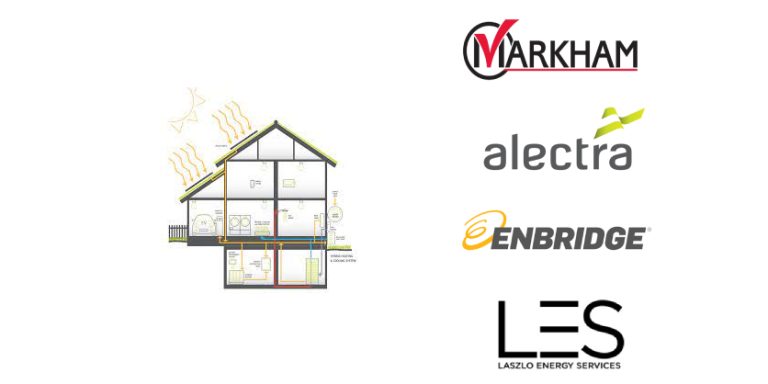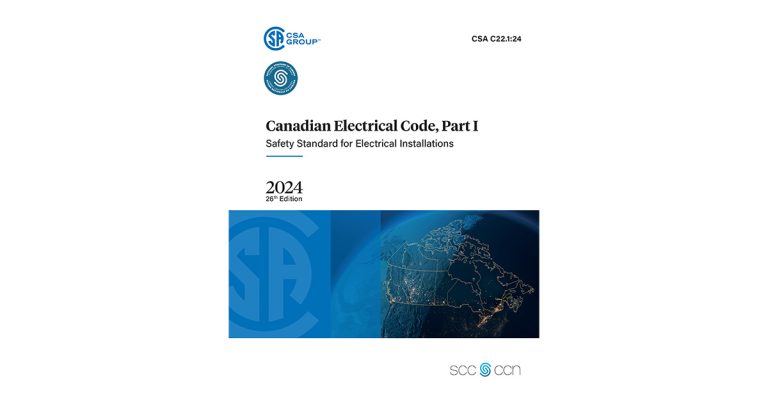Agility is the New “Lean”

Dec 15 2015
Rick McCarten
For years now, corporate fund management firms have been buying up businesses and transforming them into lean machines. The firms have been successful in reducing waste, refining expenses, cutting out layers and building companies with impressive bottom lines. Today, however, reducing costs may no longer be the trend it once was, and it may not provide the end results that you are looking for.
One big factor that disrupts the process of “lean” is the rate of change. As the rate of change in business continues to grow, the process of reducing cost internally through refinement of your process can deter your ability to react to outside circumstances.
“Lean” itself really comes from the quality movement, dating back to the 1980s when Edward Deming published research how to improve quality in the manufacturing process. Deming found through quality that not only could it reduce waste and improve performance, but it could reduce costs. For example, Deming found that one line inspector did a better job than three. This also brought in the “just-in-time movement” that drastically reduced stockpiles of parts and allowed things to be built on multilevel.
Distribution and logistics for industries in North America have improved greatly from this process. The lean movement took the quality process to another level. The movement helped refine the quality process to reduce costs in the system without harming the quality of the end product or service.
Trouble arises when you refine a process to its leanest end and you leave no room for error. To refine a process you first need a process, which means you are literally doing the same thing over again, only better. However, when we are confronted with change, doing something over and over again, with improvements each time, just might be the definition of insanity. I am reminded of the old joke about an American trying to get directions in a foreign country. A local resident explains that he cannot speak English, so the American speaks louder.
Today, business climate is all about change. We see it in LED lighting, we see it in global logistics, we see it with the Internet, smart phones and the Internet of Things. All of these changes are transforming not only what we sell, but how we sell it, at a pace that appears to be only ramping up. This is no time to reduce expenditures through process analysis; this is time to grasp the opportunity.
I do not think this means you have to stop internal growth; rather, this calls for the reinvention of management away from lean, to developing an internal organization that functions on opportunity, thrust, forward thinking and flexibility. Building a system that can adapt to change can be the change. Management’s expertise becomes knowing what to keep, what to throw out and how fast to move. It means that your new job is developing the people and processes that allow that change to take place flawlessly.
Welcome to the new world of agility.
Rick McCarten is VP, Operations, Electro-Federation Canada.
Read more in Canadian Electrical Wholesaler by Rick McCarten
Should Distributors Sell Robots?
Agility: Knowing Your Competition
The Big Picture
Could our Industry Lose the Lighting Market?
Adapting to the Future with Young Talent
If Your Customers Can See More, You Might Want to Help Them See Even Further
Health and Sciences Could take a Lesson from the Electrical Industry
Change is About to Hit Our Industry
Challenges of the Digital Age
Agility: The Customer Landscape
Agility is the New Lean: Alexander Defeats the Persians
Agility is the New Lean
The Gap Between “Us” and “Them”
Our Industry Needs to Help Canada Skate to Where the Puck is











